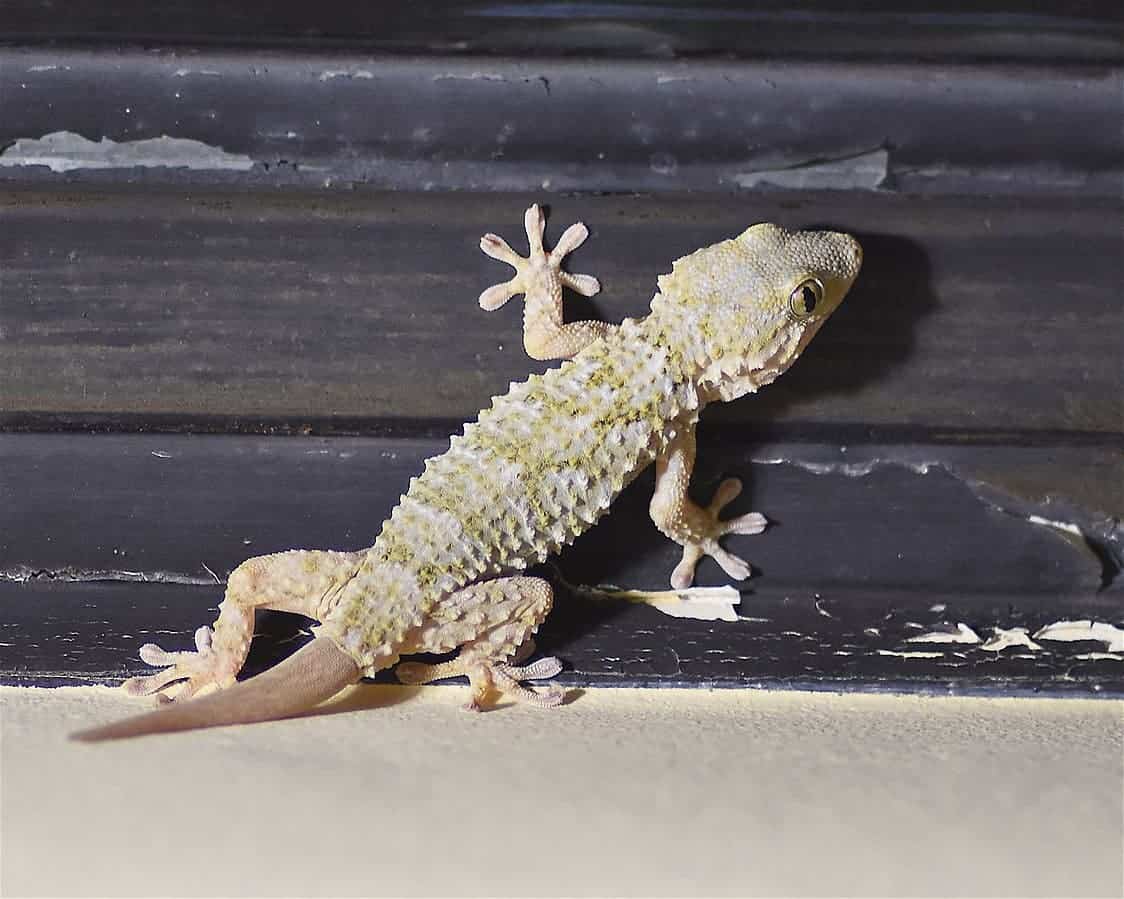Although humans cannot regrow body parts after they are lost, some animals have the impressive ability to regrow a tail or leg like nothing has happened. A salamander can lose a tail to a hungry bird and regenerate a new tail that is indistinguishable from the old tail. Lizards can also regrow a lost tail, but the new tail isn’t the same as the old one. Scientists at the University of Pittsburgh were interested in seeing what the difference is between the two animals and transplanted stem cells from a salamander to a lizard.

“The traditional animal model for regeneration is the salamander,” said senior author Thomas P. Lozito, Ph.D., assistant professor in Pitt’s Department of Orthopaedic Surgery, Center for Cellular and Molecular Engineering and the McGowan Institute for Regenerative Medicine. “Salamanders can regenerate a wide variety of tissues – brain, heart, parts of their eyes, limbs, tails – but they have whole classes of molecule types and tissues that just aren’t found in mammals, so we really haven’t been able to apply very much of what we found in the salamander to humans.”

Lizards have more similar tissue types to humans and are thus a better model for examining regeneration in humans. Although they can still regenerate some tissues, they aren’t perfect at it. They can also regrow lost tails but they are different inside out. The scales and color are different as well as the tissues inside. The regenerated tails also do not contain any bones, only cartilage. The difference between the perfectly regenerating salamander and the not-so-perfect lizard could help reveal what actually determines whether an animal is able to regenerate.
The scientists transplanted neural stem cells from a salamander to the tail stump of a lizard. Neural stem cells can differentiate in neurons or glia, the cells that surround neurons. Lizards with the salamander stem cells were able to produce many cell types, including neurons. However, lizards with their own stem cells only produced glial cells. Therefore, the neural stem cells in lizards are not true neural stem cells because they only form one type of cells.
The neural stem cells are the key that define the difference between the perfect regeneration in salamanders and the imperfect regeneration in lizards. The stem cells in lizards can only produce one tissue type and thus result in imperfect tails. These cells make all the difference and could be important in causing tissue regeneration in other animals.
Journal reference: Sun et al. 2018 Proceedings of the National Academy of Sciences.






